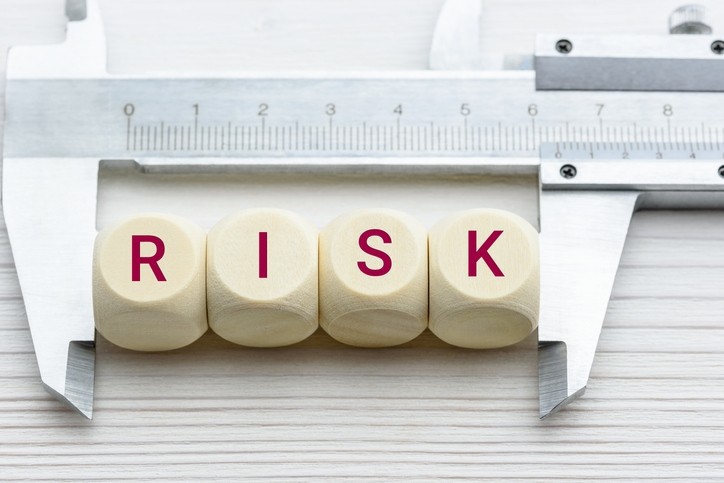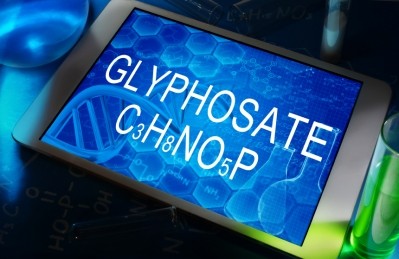What are the risks from PCNs in feed and food?

It called on the European Food Safety Authority (EFSA) to deliver its findings by the end of December 2022.
In its mandate to the Parma-based food and feed safety risk assessor, the Commission said PCNs have been shown to be highly bio-accumulative.
Available data, it added, would indicate widespread PCN occurrence in feed and food.
A group of 75 congeners of the class of chlorinated polycyclic aromatic hydrocarbons, PCNs are said to exhibit the same mode of toxic action as dioxins.
Their global production was estimated at 150,000 metric tons until production ceased in Europe and North America in the 1980s. PCNs were mainly used as wood preservatives, paint and engine oil additives, cable insulation, and as a component in capacitors.
Sources of exposure
Unintentional formation and emission from industrial activities, including waste incineration and metallurgical processes, are said to be a growing concern
According to a paper, published in 2017 in Environment International, PCNs can originate through releases from older electrical equipment, inadvertent contamination in industrial chemicals and from combustion processes such as incineration.
Recent advances in measurement techniques have allowed for greater characterization of PCN occurrence, yielding more specific data including individual PCN congener concentrations, said the authors of that paper.
The dietary pathway is widely recognized as the most likely route to non-occupational human exposure to PCNs, they added. “Emerging data on food shows widespread occurrence in most commonly consumed foods from different parts of the world.”
PCNs in feed raw materials
The researchers involved in another study, published in 2018 in Chemosphere, evaluated the concentration of PCNs in feed raw materials; their findings show relatively high levels of the contaminants in fish meal.
“Concentrations and patterns of 75 PCN congeners in feed raw materials of animal and plant origin were investigated. Six types of feed raw materials of animal origin and three types of feed raw materials of plant origin from China were collected in 2016. The total concentrations of PCNs in the collected materials ranged from 147 to 1009 ng kg-1 with the highest occurring in fish meal. The mean PCNs concentration in feed raw materials of animal origin (551 ng kg-1) was higher than in those of plant origin (294 ng kg-1),” they concluded.












